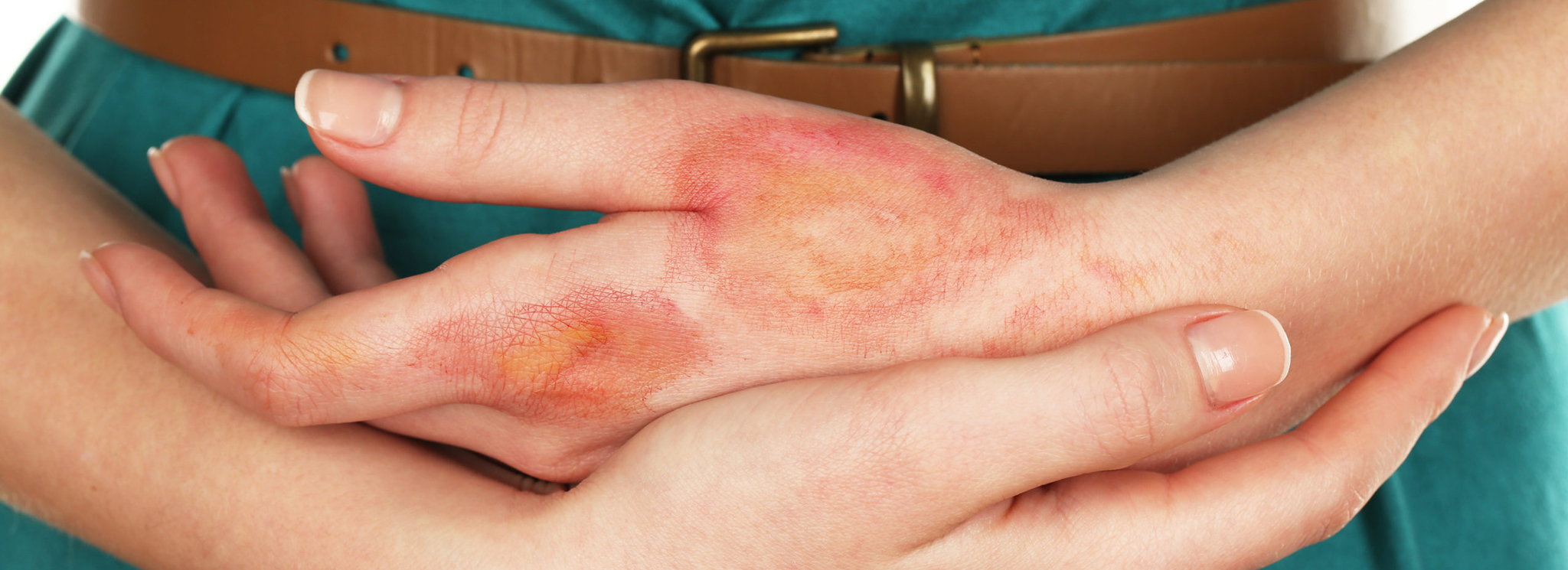
Burns are wounds to the skin or other tissues resulting from heat, chemicals, electricity, sunlight, or radiation. We categorize them into three main degrees based on the severity of the damage.
Doctors categorize burns in degrees. We label a minor burn as a first-degree burn. People typically treat these at home and do not require medical care.
Severe burns are second and third degree burns, which cause extensive damage to the skin and even deeper layers of the body.
In this blog, we will discuss minor burns, explain what they are, and describe how to treat them at home. In addition, we will review when medical care is necessary.
What is a Minor Burn (First-Degree Burn)?
A minor burn, often classified as a first-degree burn, affects only the outer layer of skin (epidermis). First-degree burns, while less severe than higher-degree burns, can still cause significant pain.
If you have a first-degree burn, you may notice that your skin appears red, feels painful, and shows some mild swelling.
You can effectively treat most first-degree burns at home. However, it is crucial to understand the proper steps to take. they can still cause significant discomfort and have the potential to leave a scar if not treated correctly.
What Are the Symptoms of a Minor Burn (First-Degree)?
- Redness: The affected area will appear red and inflamed.
- Pain: There is typically mild to moderate pain in the area of the burn.
- Dryness: The skin may feel dry and rough to the touch.
- Swelling: Some swelling may occur around the burn site.
- Increased sensitivity: The burn area may be sensitive to touch and temperature.
How Do Minor Burns Happen?
- Sunburns
- Touching a hot surface like a stove or oven
- Coming into contact with a chemical
- Friction burns from contact with a rough surface
- Steam from a microwaved item or steamer tool
What is a Second-Degree Burn?
A second-degree burn is a burn type that impacts both the skin’s outer layer (epidermis) and the layer beneath it (dermis).
Redness, swelling, and blistering characterize it, and these symptoms can be painful. These burns often result from exposure to hot liquids, flames, or harsh chemicals.
Symptoms may include:
- Redness and swelling
- Painful blisters
- A moist appearance because of the release of fluid from damaged skin.
- Soreness at the burn site
- Numbness or tingling
- Discoloration of the skin or irregular pattern
- Intense pain
Keeping the area clean and protected is important. In more severe cases, medical attention is most always needed.
How to Treat a Minor Burn?
Treating a minor burn involves a few straightforward steps to ensure proper healing and alleviate discomfort. Here’s a guide on how to manage a minor burn:
Soothe the Burn: Quickly rinse the affected area with cool (not icy) water for 10 to 15 minutes or use a cool, damp cloth. This helps reduce swelling and alleviate pain.
Clean the Area: Gently clean the burn with mild soap and water to prevent infection. Pat it dry with a clean towel.
Apply a Burn Ointment: Use an over-the-counter burn ointment or aloe vera to soothe the skin and keep it moist. Refrain from using ice or extremely cold water, as it may worsen the damage.
Cover the Burn: Use a sterile non-stick bandage or a clean cloth to cover the burn. This protects it from dirt and bacteria.
Manage Pain: If necessary, take an over-the-counter pain reliever, such as ibuprofen or acetaminophen, to help ease discomfort.
Watch for Signs of Infection: Observe the burn for indications of infection, like heightened redness, swelling, or the presence of pus. If these symptoms occur, seek medical advice.
Refrain from Popping Blisters: If blisters develop, avoid popping them. They protect the underlying skin and reduce the risk of infection.
Stay Hydrated: Drink plenty of fluids to support your body’s healing process.
If the burn worsens or you have any concerns about its healing, it’s best to consult with a healthcare professional. Minor burns typically heal well with at-home care.
When to Seek Medical Care for a Minor Burn?
Knowing when to seek medical care for a minor burn is important. Here are some indicators that you should consider:
Size of the Burn: If the burn is larger than three inches in diameter or covers a significant area, you should seek medical attention.
Location: Burns on sensitive areas such as the face, hands, feet, genitals, or over a joint may require professional evaluation.
Depth of the Burn: If the burn appears to penetrate deeper than the outer layer of skin, or if it looks white, charred, or leathery, it might not be considered minor.
Signs of Infection: If you notice increased redness, swelling, pus, or a fever developing after the burn, it’s important to consult a healthcare provider.
Pain Management: If the pain is intense and not relieved by over-the-counter medications, it’s advisable to seek help.
Pre-existing Conditions: Individuals with compromised immune systems, diabetes, or other underlying health conditions should seek medical advice even for small burns.
Burns from Chemicals or Electricity: These burns often require specialized treatment, even if they appear minor on the surface.
If you’re ever in doubt about the severity of a burn, it’s best to stay on the side of caution and consult a medical professional.

